Cracker Barrel thought a sleeker, modern logo would pull in younger diners. Instead, the move nearly sent its biscuits and gravy into the trash. Loyal fans—and even Donald Trump—demanded the company bring back the overalls-wearing Uncle Herschel, the face of its brand for decades. The backlash tanked sales, rattled investors, and forced the chain to rethink its strategy. Now, Cracker Barrel’s leadership is walking a tightrope between modern updates and the nostalgia its diners refuse to give up. Here’s how the saga unfolded, and what comes next.
Logo Switch Sparks Outrage
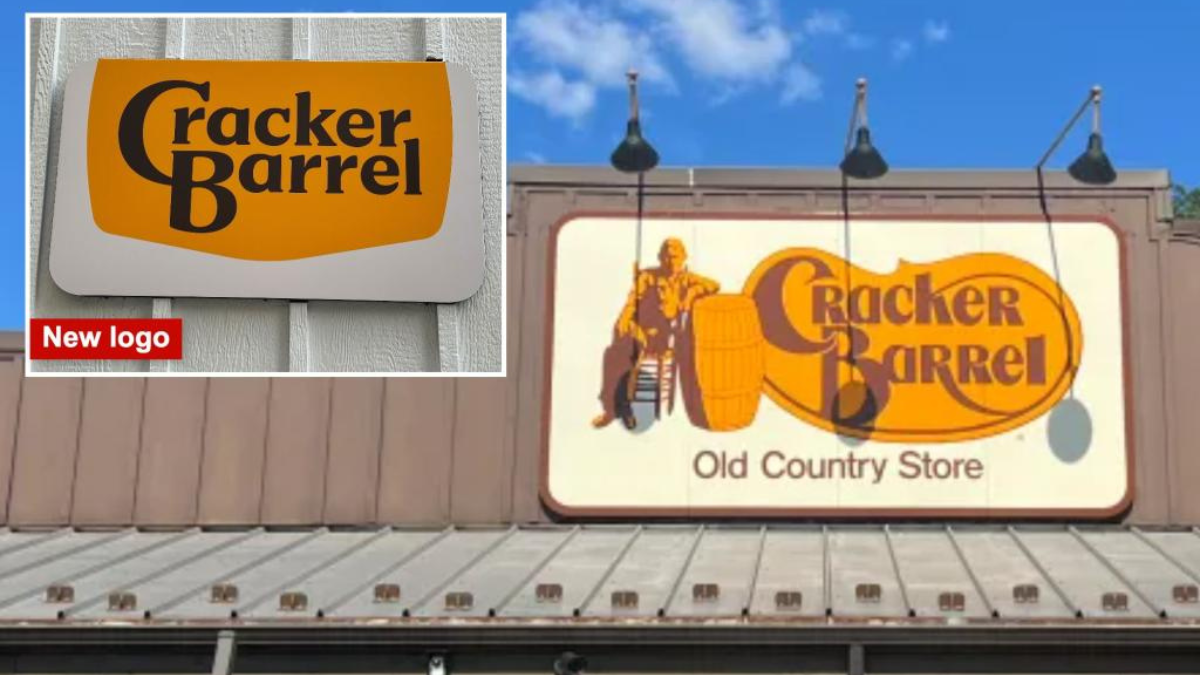
When Cracker Barrel swapped its beloved Uncle Herschel logo for a cleaner, modern design, longtime fans weren’t impressed. The company hoped the rebrand would draw in younger guests and refresh its image. Instead, the change lit up social media with complaints and nostalgia-fueled rants. What was meant to look fresh came across as abandoning tradition.
Even Trump Weighed In
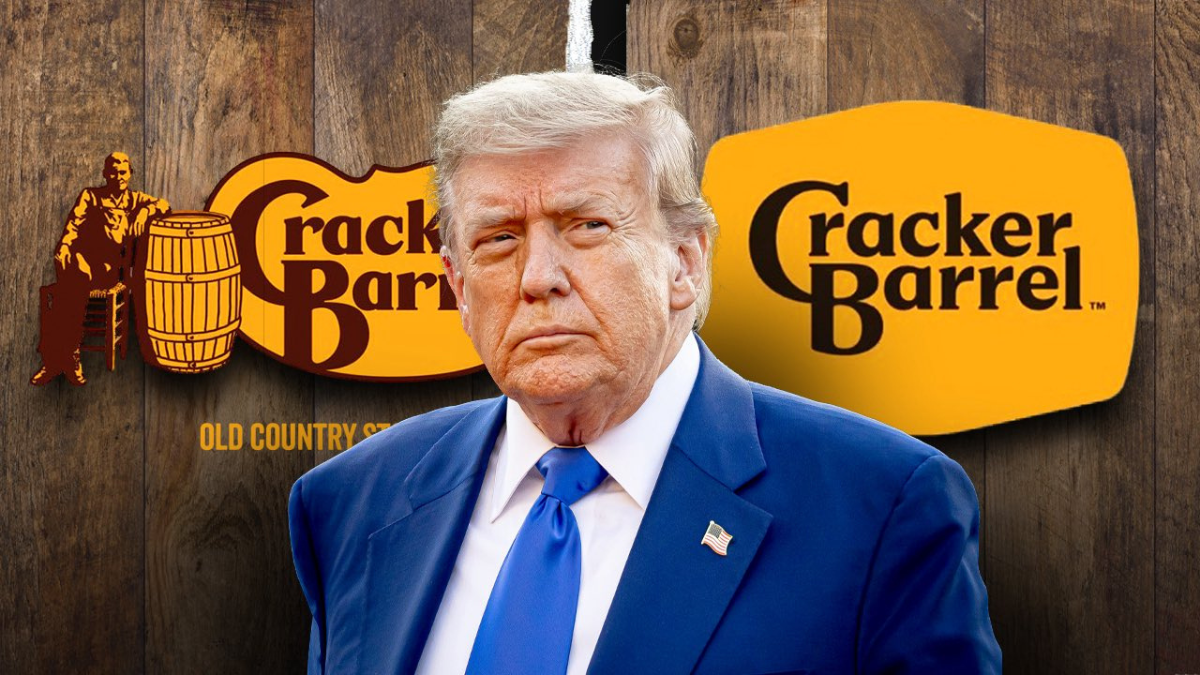
The controversy got so big, even former President Donald Trump chimed in. He blasted the company, telling them to admit the mistake and bring back the old logo. For fans, his comments only amplified the outrage. Cracker Barrel suddenly found itself at the center of a culture clash over biscuits, overalls, and branding.
Sales and Stock Take a Hit
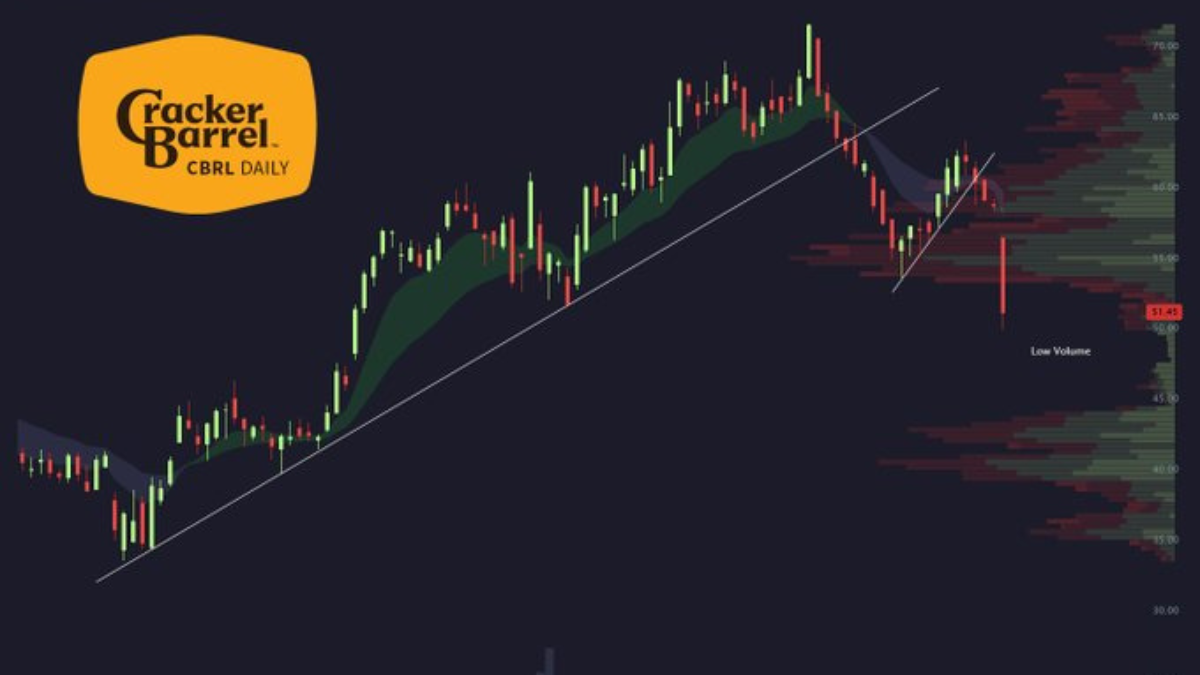
The fallout was swift and costly. Cracker Barrel’s stock tumbled nearly 16% after the logo change. Customer traffic dropped 8% almost overnight, threatening the company’s fiscal quarter. Investors were left shaken as the once-cozy brand suddenly looked unstable.
The Minimalist Trend Backfires
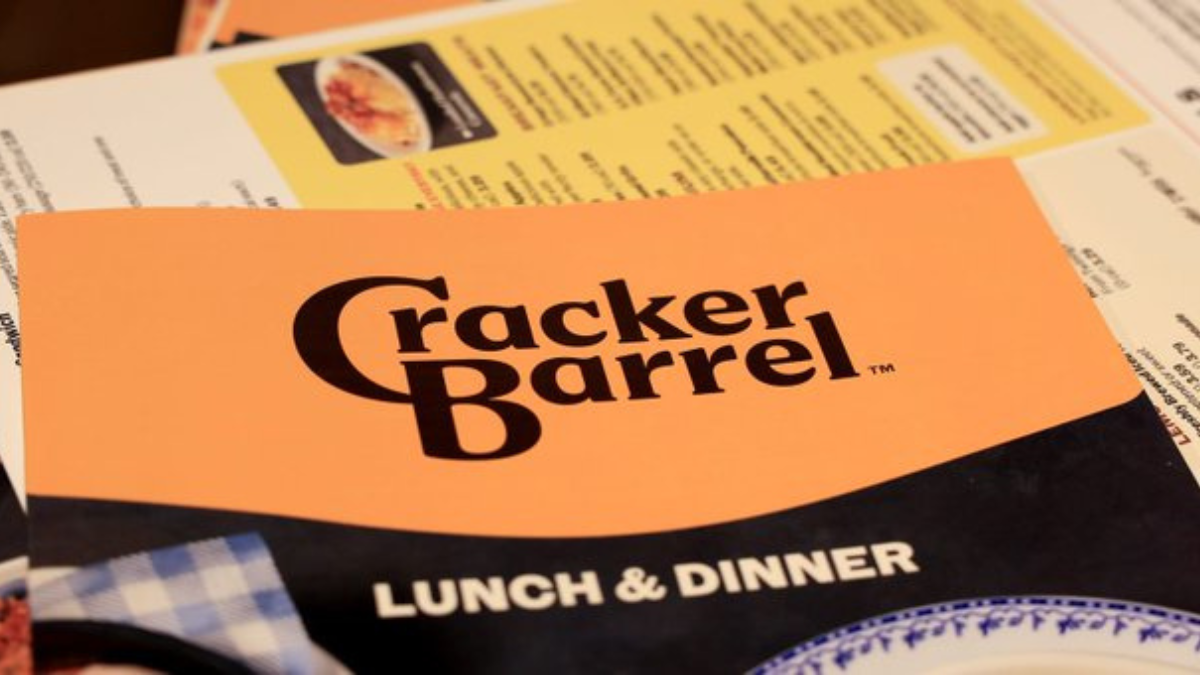
Across industries, brands have simplified logos to cut through the advertising overload. Americans see between 4,000 and 10,000 ads daily, so cleaner visuals often win attention. Cracker Barrel tried to follow that trend but miscalculated. For a comfort-food chain rooted in nostalgia, minimalism didn’t resonate—it alienated.
Remodels Stir Mixed Reviews
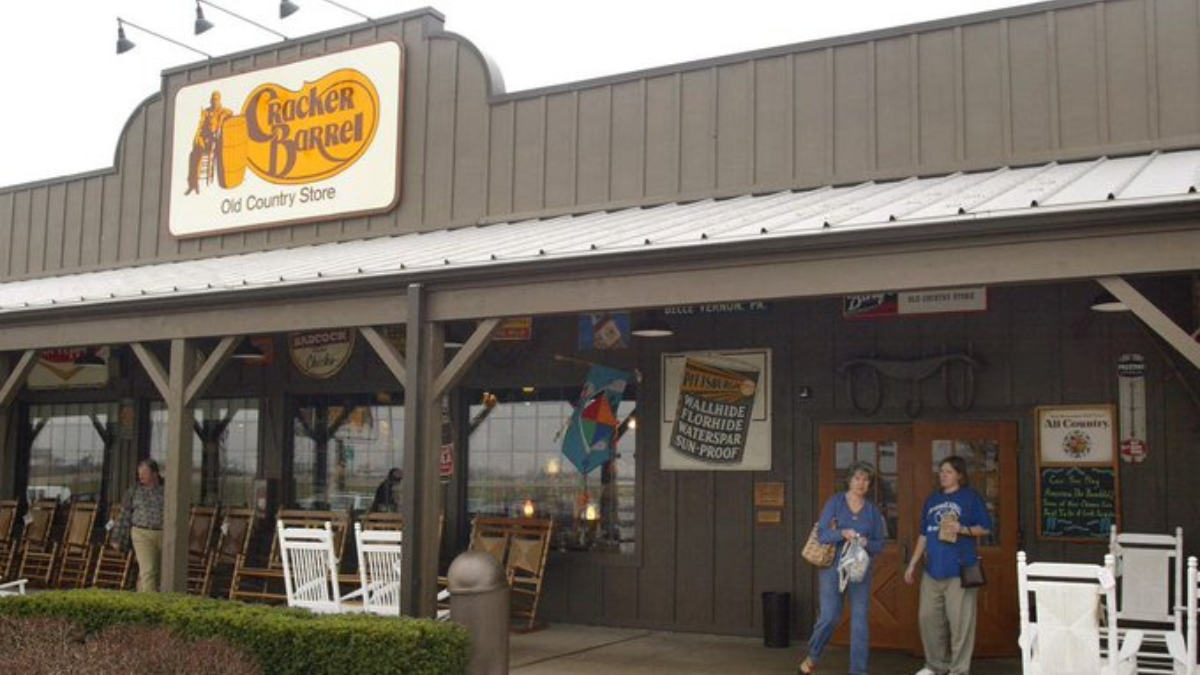
The logo wasn’t the only shift. Cracker Barrel also remodeled stores with lighter walls, new seating, and a sleeker look. CEO Julie Masino said many guests praised the updates, but backlash online painted a different picture. To loyalists, the rustic charm wasn’t just decoration—it was part of the Cracker Barrel identity.
Uncle Herschel Returns
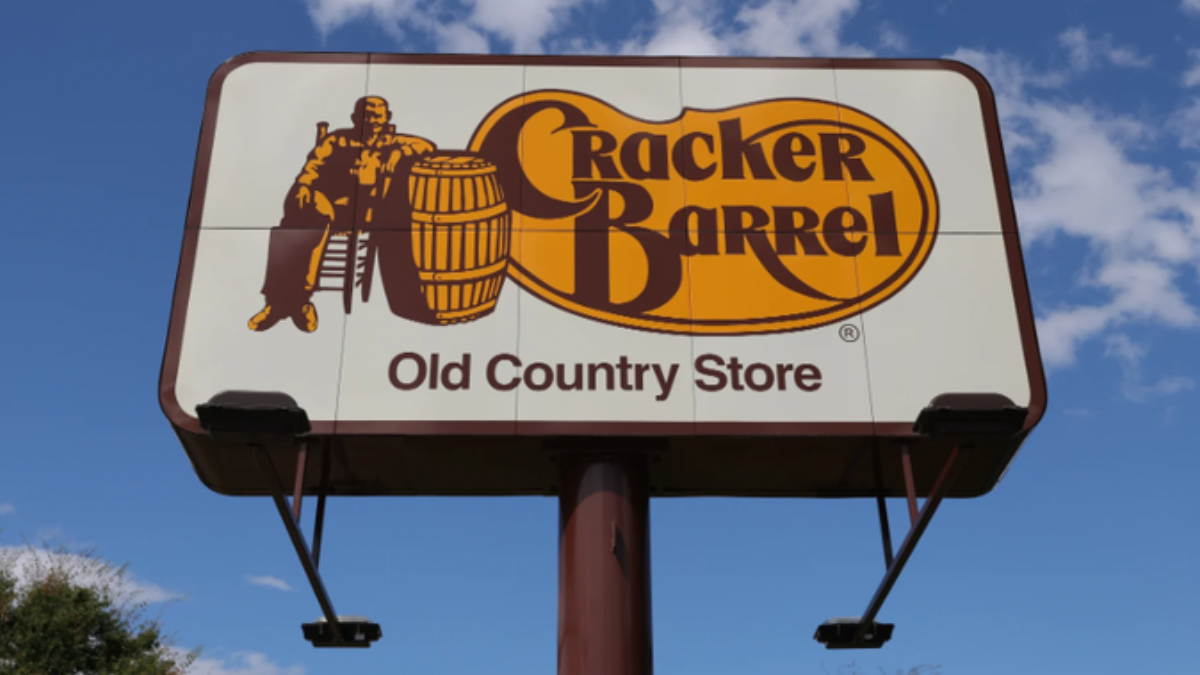
Under pressure, Cracker Barrel reversed course. The old-timer logo was quickly restored, and remodel plans were paused. Four modernized locations will be converted back to the traditional wood-heavy look. For many fans, this was proof the company had finally listened.
Nostalgia as Strategy
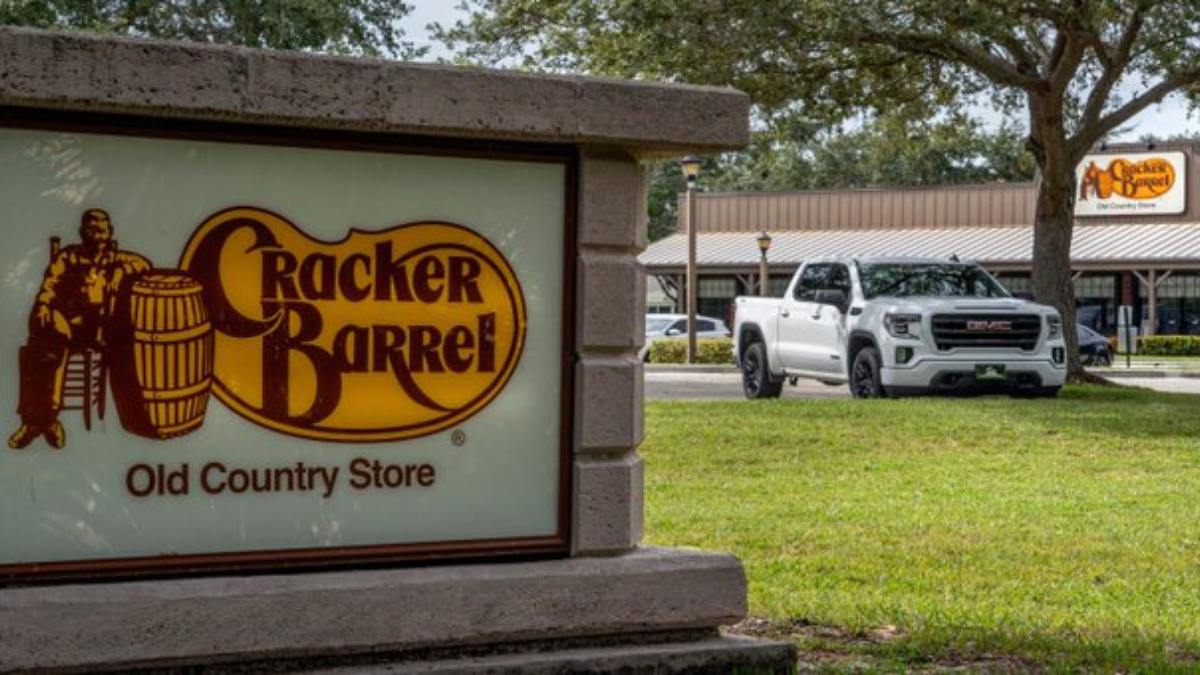
Cracker Barrel now leans hard into nostalgia. Marketing campaigns spotlight Uncle Herschel and highlight the chain’s old-country roots. The message is clear: the brand won’t mess with its signature comfort-food image again anytime soon. Customers wanted familiarity, and the chain is promising just that.
CEO Defends the Vision
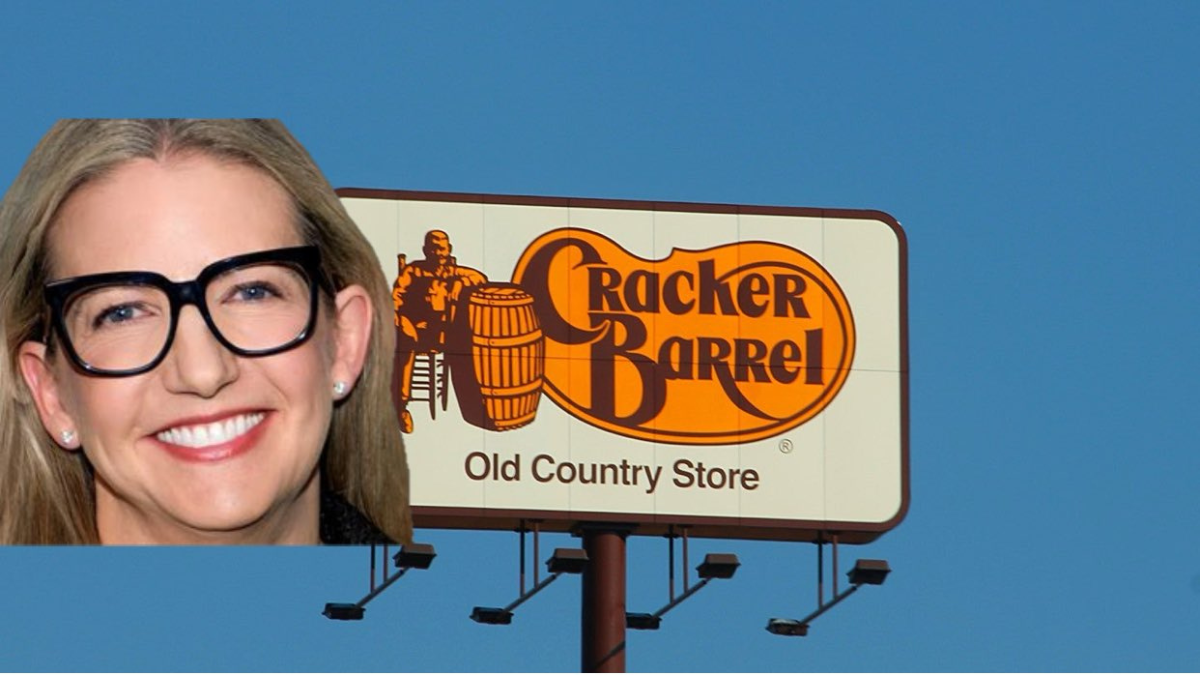
Despite the missteps, CEO Julie Masino insists the overall strategy wasn’t wrong. She noted that many customers still enjoyed the remodels and that updates were needed to stay relevant. But she admitted that the emotional attachment to the brand’s history was underestimated. Balancing tradition and growth remains her challenge.
CFO Warns of Rough Quarter
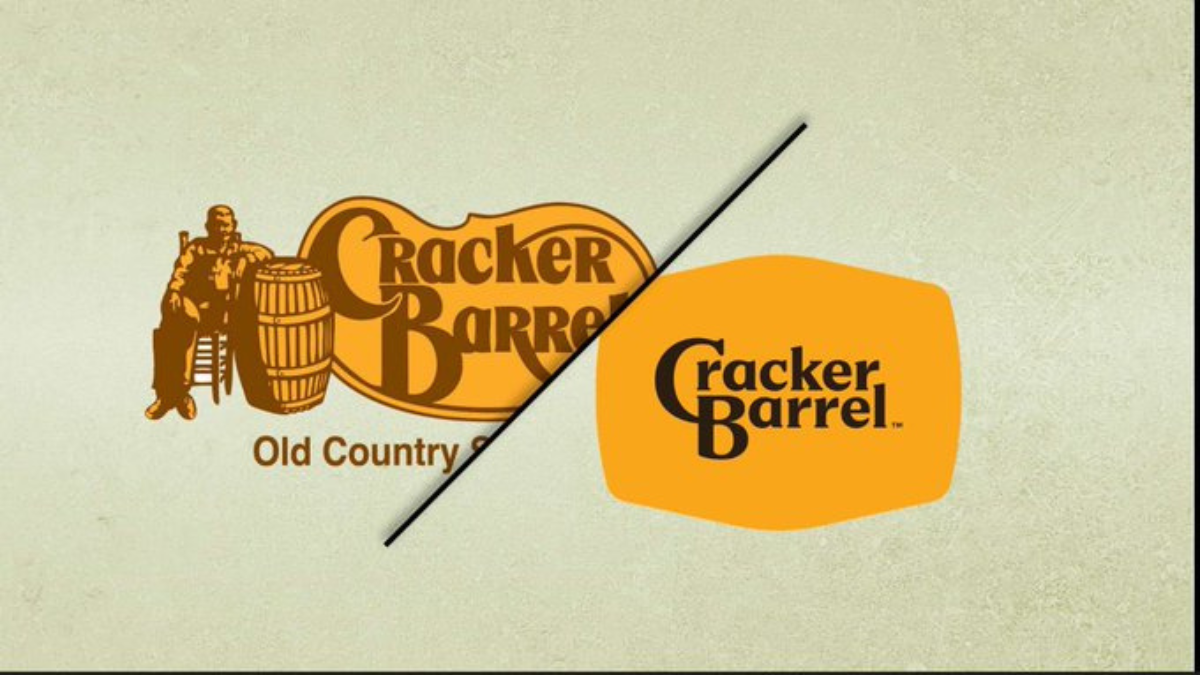
Behind the scenes, the numbers tell a tough story. CFO Craig Pommells warned that Q1 earnings would fall “significantly below” the prior year. A mix of traffic losses and $16 million in marketing costs deepened the hole. Rebuilding trust with fans won’t be cheap.
Analysts Still Divided
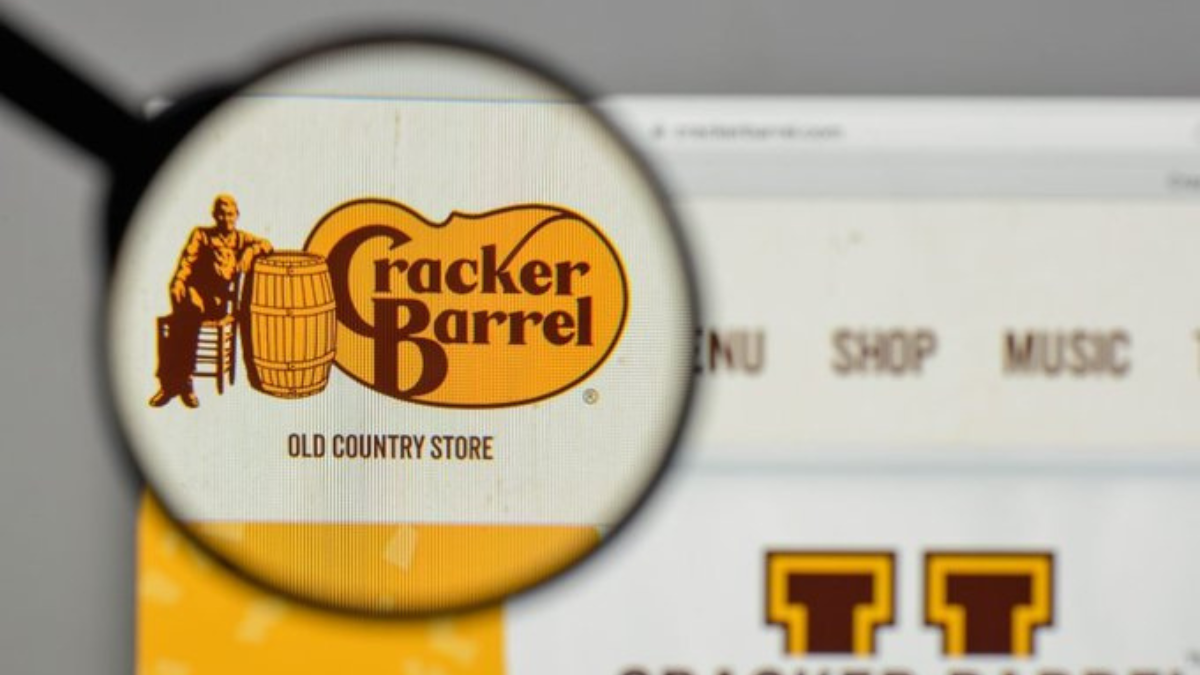
Wall Street isn’t in agreement about Cracker Barrel’s future. Truist analysts say to “buy the weakness,” betting nostalgia-fueled loyalty will win out. But Citi remains bearish, warning that fiscal guidance is still weak and recovery will be slow. Investors are left to choose which side of the table they’re on.
What’s Next for the Brand
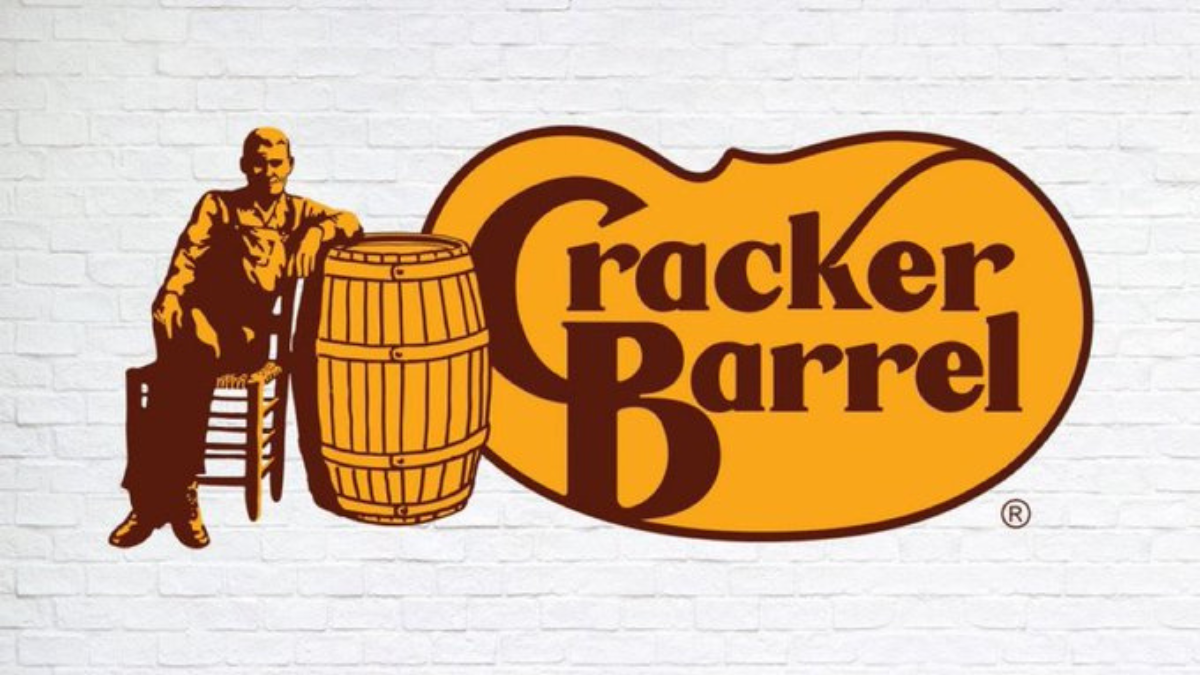
Cracker Barrel is doubling down on its core: hearty food, cozy vibes, and that unmistakable country-store identity. Autumn menu marketing and renewed storytelling about the brand’s history may help traffic rebound. Whether it can keep both modern diners and old-school fans happy is the big test ahead.

